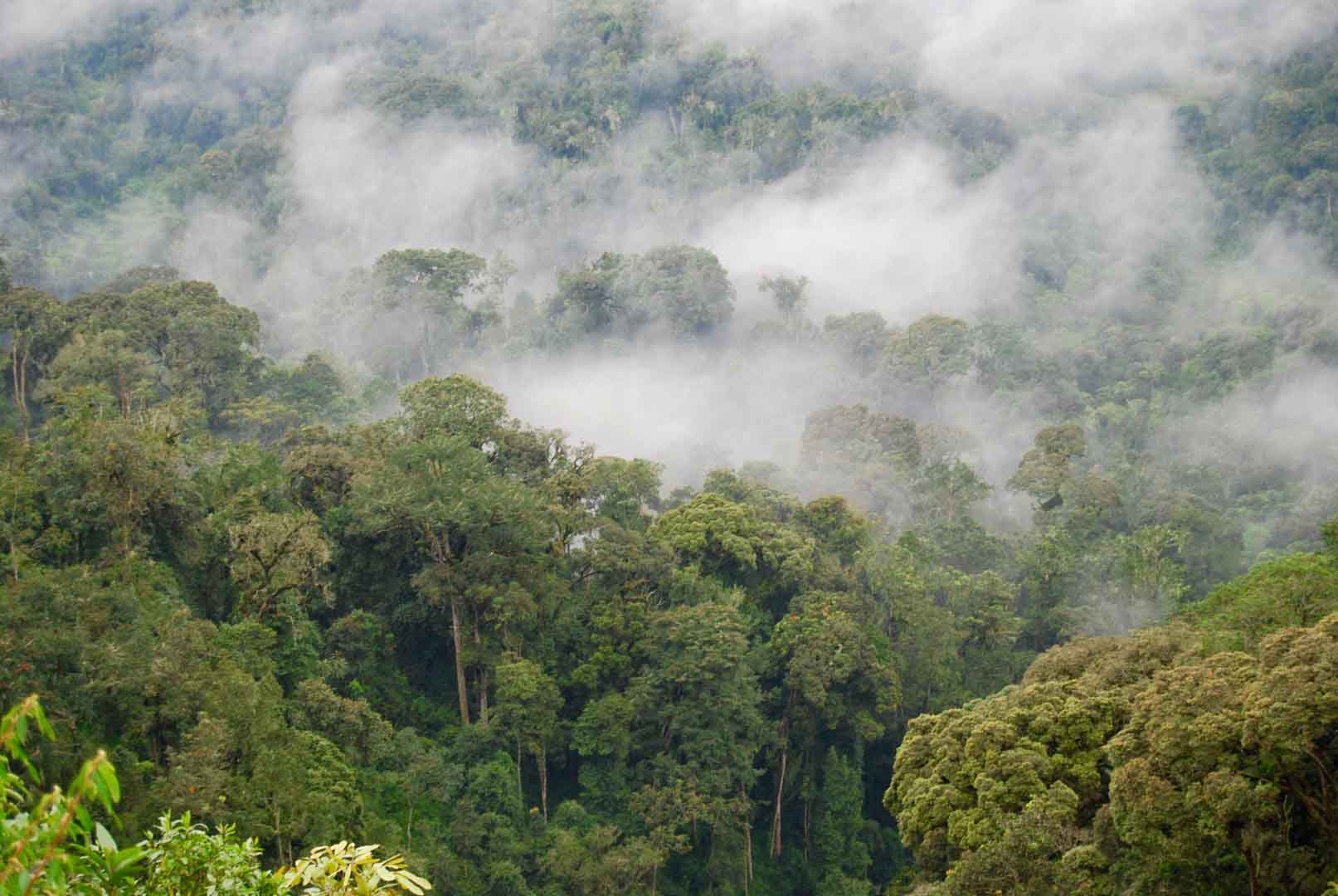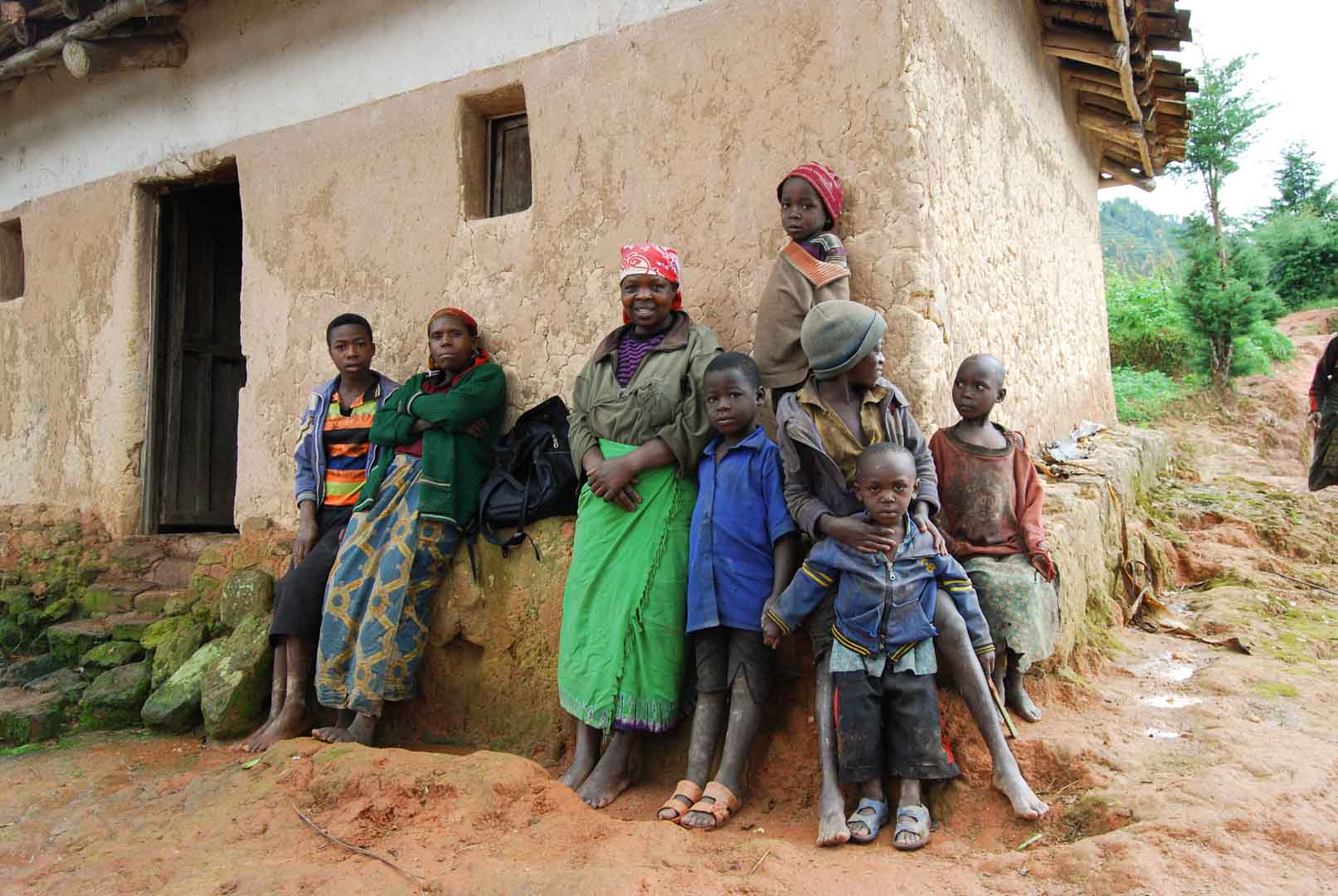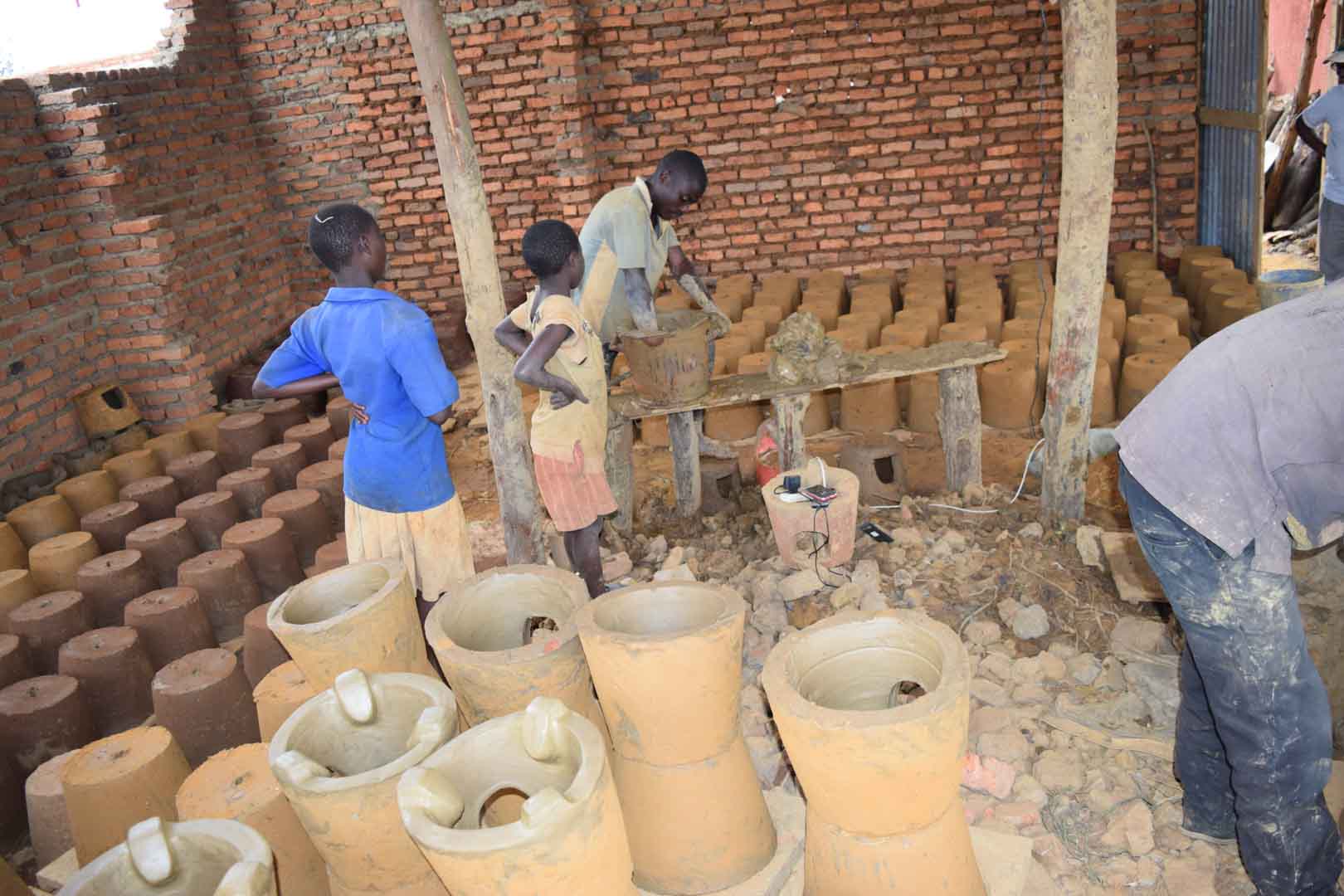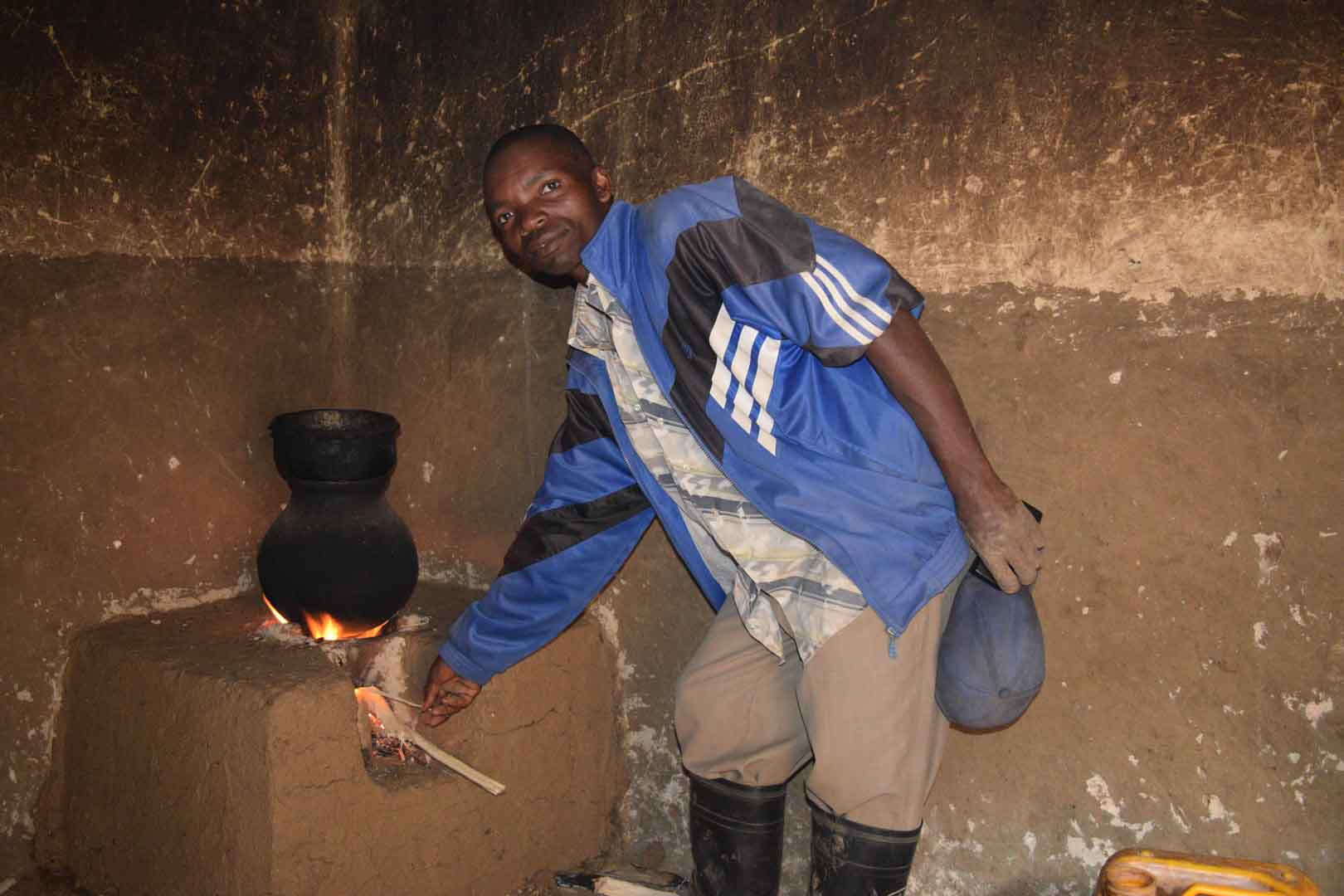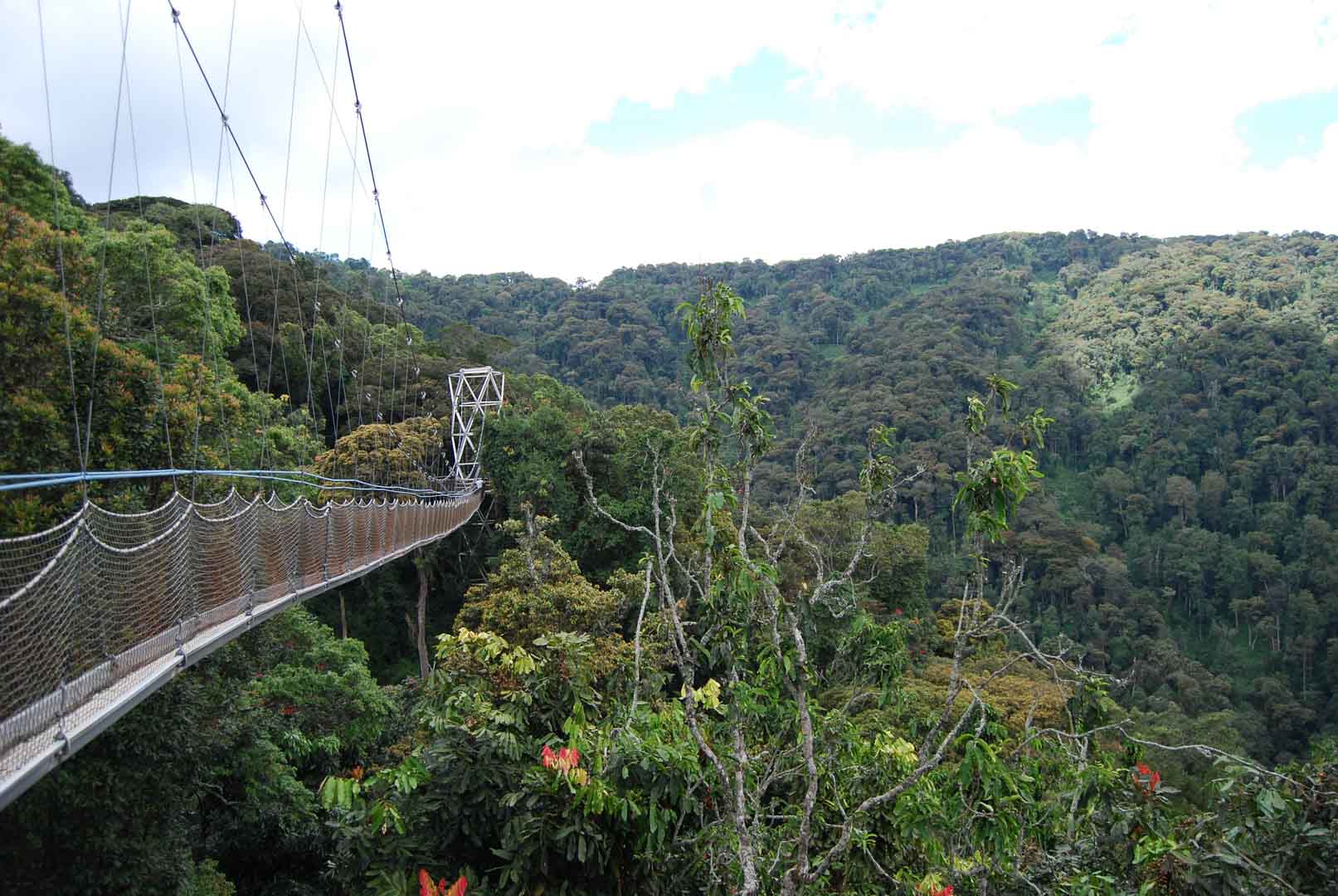Improved cookstoves to protect the national park
This climate project in southwest Rwanda saves emissions through improved cookstoves and at the same time helps protect the Nyungwe Forest National Park from deforestation.
The park is home to one of the largest mountain rainforests in Africa and an enormous variety of animal and plant species. However, as the regional population is growing strongly, the pressure on the unique ecosystem of Nyungwe is increasing. Traditionally, people here cook over open three-stone fires, which is very inefficient and consumes a lot of firewood. At the same time, the heavy smoke formation threatens the health of many families.
The project facilitates the distribution of simple but efficient cooking stoves. The so-called Canarumwe model is made out of clay and sand by a local cooperative and consumes two thirds less fuel than the three-stone fires. Thanks to the project support, the stoves are available at a subsidized price and improve living conditions for people from low-income households.

According to a statistic from the World Health Organization (WHO, 2024) around a third of the global population still relies on unsafe and environmentally harmful cooking methods. This includes, for example, cooking over open fires or using polluting cooking fuels, such as coal or kerosene. Improved cookstoves tackle this problem by using thermal energy more efficiently.
Depending on the model, an improved cookstove can reduce fuel consumption by up to 70 percent, which significantly saves CO2 emissions and can lower the pressure on local forests as less firewood needs to be harvested.
Improved cookstove projects allow the distribution of the - often simple - devices made from metal or clay to households, small enterprises or community facilities. Especially for households, this has an impact beyond the CO2 reduction: better indoor air quality decreases respiratory diseases and families can save time and money as less fuel is needed. Improved cookstoves projects in the ClimatePartner portfolio are registered with international standards.
Explore our projects
Biochar for Climate Action, Healthy Soils, and Better Harvests

A certified climate project combined with additional commitment

Expansion of renewable energy generation in Asia

Ceramic water filters save CO2 and improve health

Improved cookstoves worldwide – for better health and cleaner air

A certified climate project combined with additional commitment

Powering access to renewable energy in Africa

A certified climate project combined with additional commitment

Restored ecosystems remove carbon

Turning degraded farmlands into healthy ecosystems

Improved cookstoves - better for health and the environment








